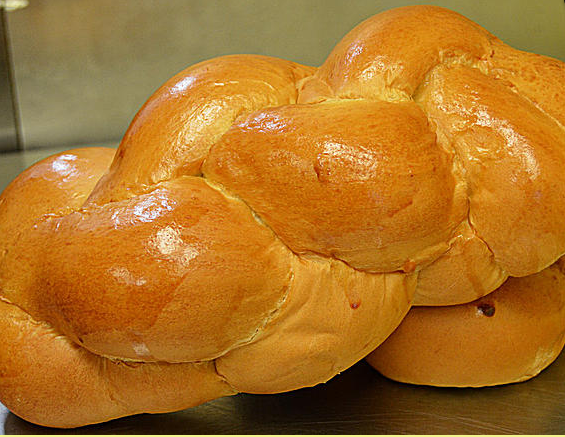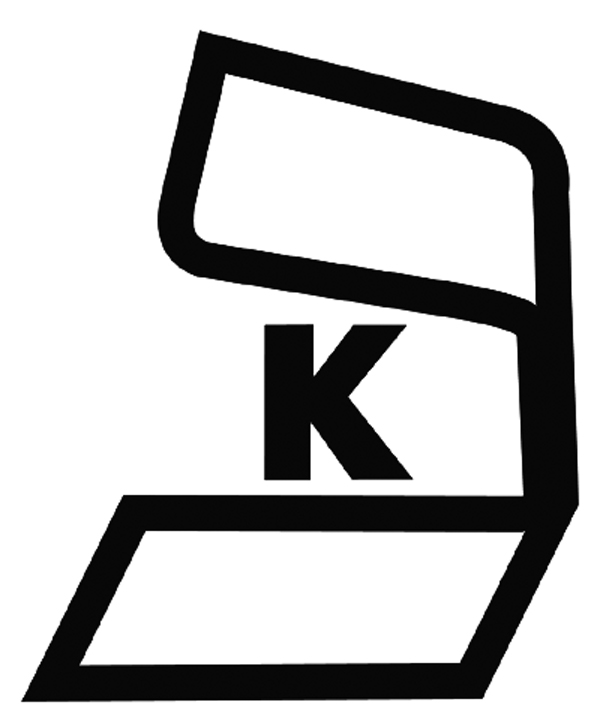Internet Archeology
Rolling Pin Kitchen Gadgets
What do we know about Rolling Pin Kitchen Gadgets at Kosher Bread Pro ? We know it’s a hot topic for Kosher Baking.
About Rolling Pin Kitchen Gadgets
To pass the Cisco CCENT and CCNA certification exams, you have to know what cable type is appropriate for a given situation. It’s also a good idea to know this for working in real-world production networks as well! After all, if we have the wrong cable, we don’t have a network!
This is particularly true of the following scenario, where we have:
A laptop connected to a switch (Cable 3)
Two switches connected to each other (Cable 2)
A PC connected to a switch (Cable 1)
This is a very basic and common topology, but we’ve got three different cable types in there! Working from top to bottom, let’s take a look at the different cables we’ll need to make this work.
For Cable 1, we need a straightthrough cable. A straightthrough cable is used to connect a PC to a switch or hub. In a straightthrough cable, the wire connected to Pin 1 on one side is connected to Pin 1 on the other, the wire connected to Pin 2 on one side is connected to Pin 2 on the other, and so forth.
It’s very common to connect two switches to allow them to send data over that connection, and the connection between two switches is called a trunk. You’ll learn all about the particulars of trunking in your CCNA studies, but the first thing we have to do is make sure we have the correct cable!
To allow two switches to communicate with each other, a special cable type is needed. Regular straight-through cables will not allow two switches to form a trunk.
What we need is a crossover cable. The wire connected to Pin 1 on one side will no longer be connected to Pin 1 on the other, as it was in a straight-through cable.Four wires will “cross over” in a crossover cable:
Local Pin 1 crosses over to Remote Pin 3
Local Pin 2 crosses over to Remote Pin 6
Local Pin 3 crosses over to Remote Pin 1
Local Pin 6 crosses over to Remote Pin 2
Two cables down, one to go! To connect that laptop directly to a switch, we’ve got to be careful of two things:
Using the right cable
Connecting the right cable to the right port on the switch. The cable we need is a rollover cable. All eight wires in the cable will “roll over” to another pin at the remote end, with the wire on Pin 1 at one end rolling over to Pin 8 at the other end, the wire on Pin 2 at one end rolling over to Pin 7 at the remote end, and so forth.
You may also need an adapter for your rollover cable, since one end of the cable is a DB-9 connector, and few if any of today’s laptops have such a port. You probably do have USB ports on your laptop, and you can get an adapter that allows you to connect a rollover cable to your laptop’s USB port from just about any cable dealer.
As for the connection to the switch, you need to make sure you connect the RJ-45 connector on the other end of the rollover cable to the Console port of the switch.
With the proper combination of rollover, straightthrough, and crossover cables, you’re on your way to total network connectivity – and on the way to passing your Cisco CCENT and CCNA exams, too!
Chris Bryant, CCIE #12933, is the owner of The Bryant Advantage, home of free Cisco CCNP, BSCI, ONT, ISCW, and BCMSN exam and CCNA tutorials, The Ultimate CCNA Study Package, and Ultimate CCNP Study Packages. You can also visit his blog, which is updated several times daily with new Cisco certification articles, free tutorials, and daily CCNA / CCNP exam questions! For a FREE copy of his latest e-books, “How To Pass The CCNA” and “How To Pass The CCNP”, just visit the website! You can also get FREE CCNA and CCNP exam questions every day!
Pass your CCENT and CCNA 640-802 exam with The Bryant Advantage!
Source: www.isnare.com


